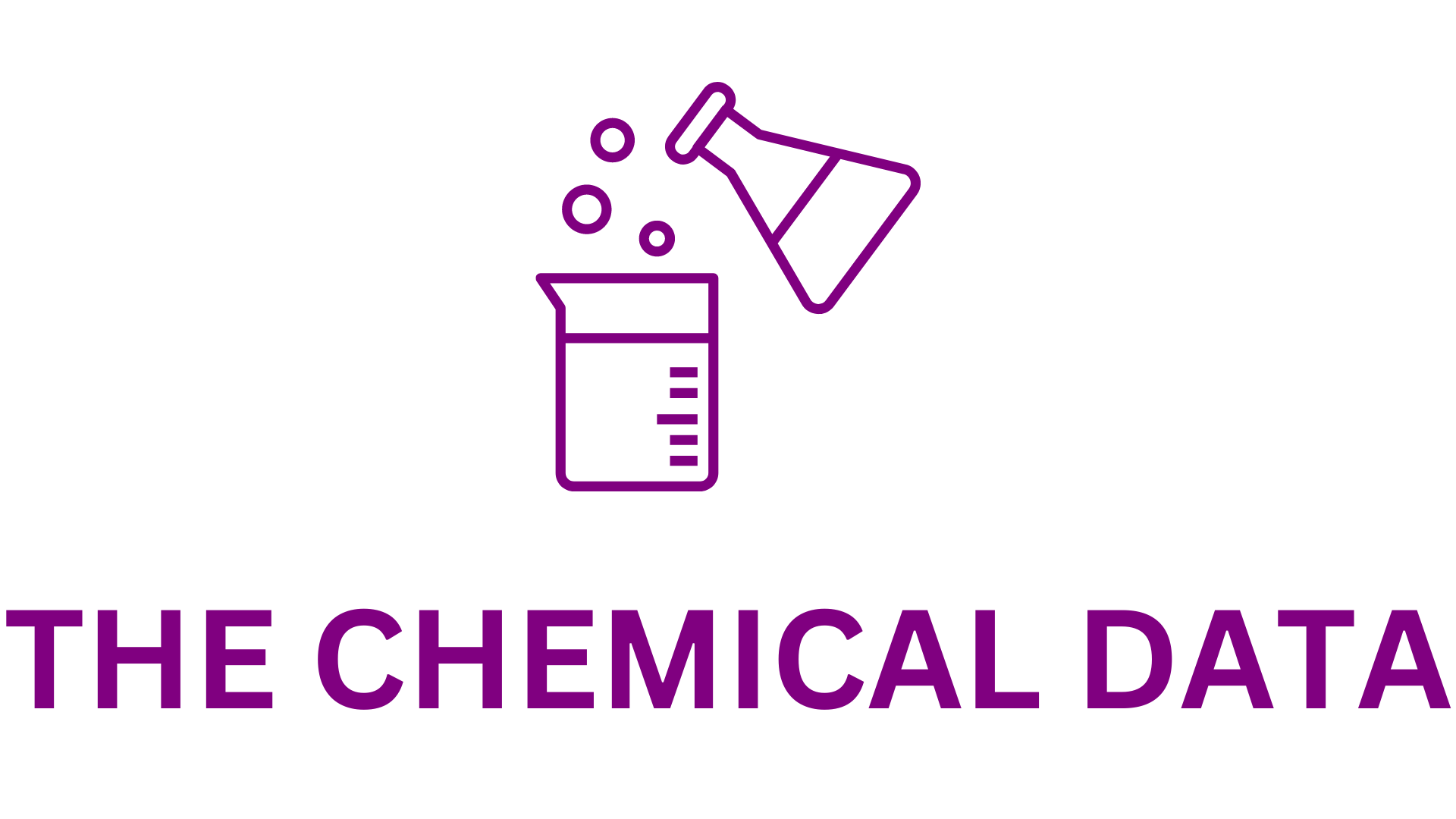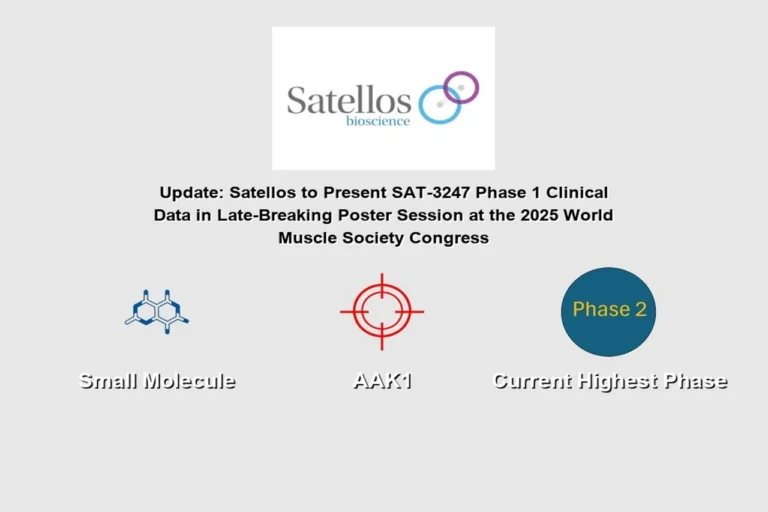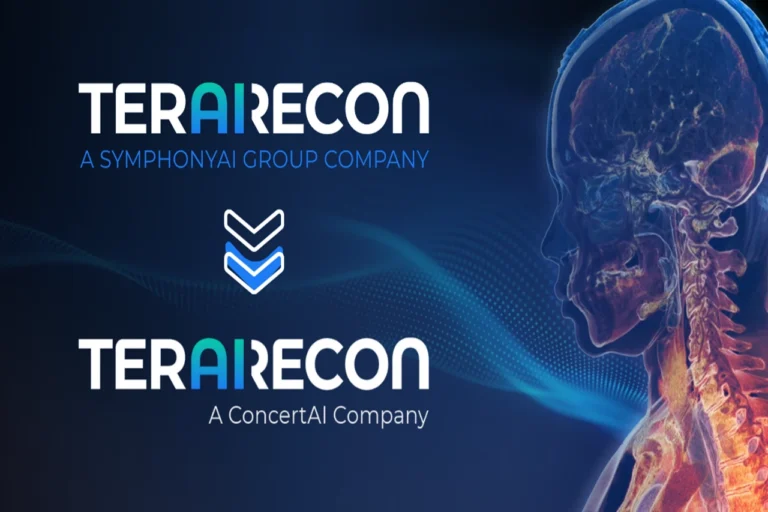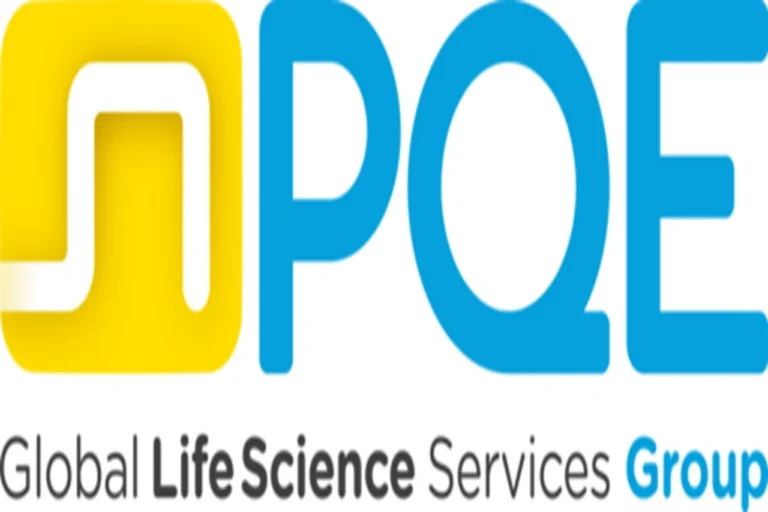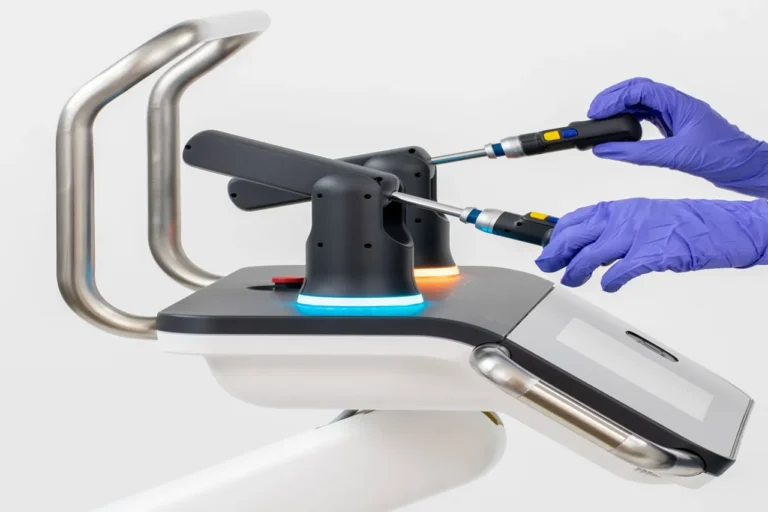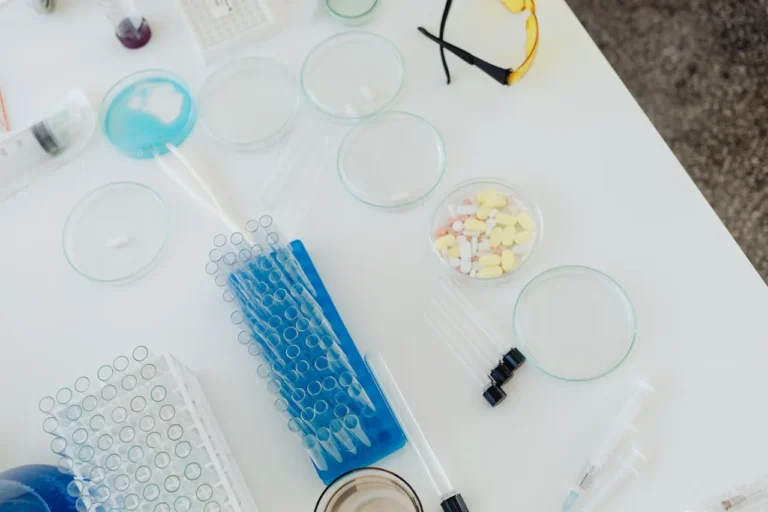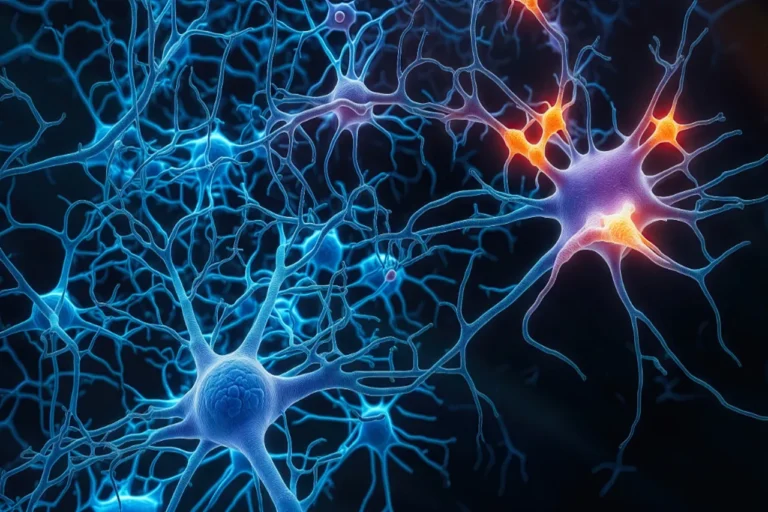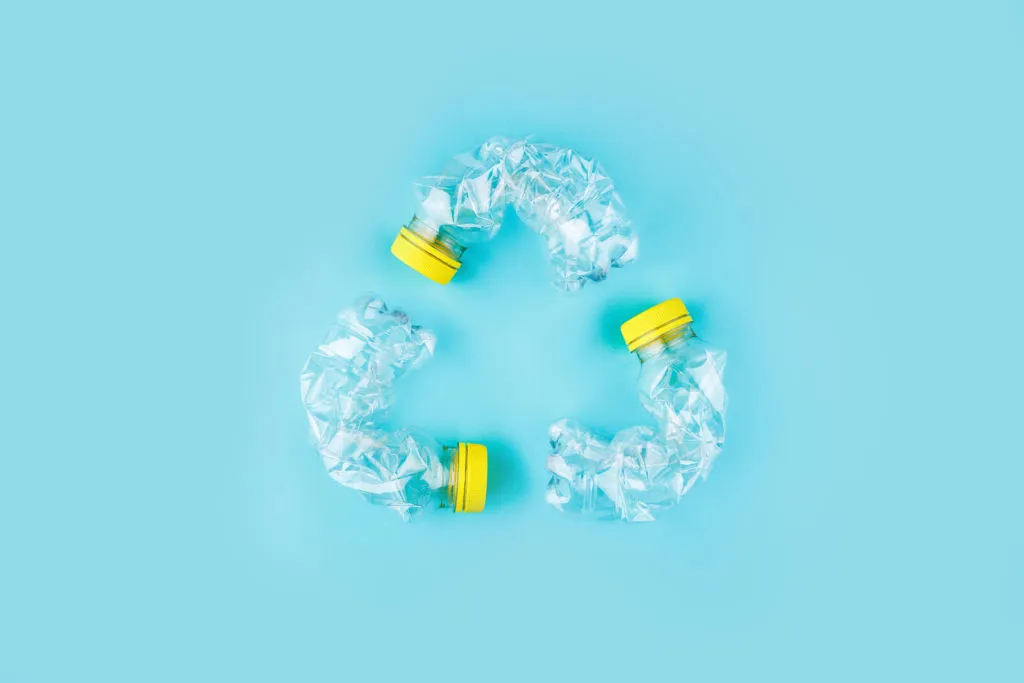
Birch Biosciences and NREL Form Key Alliance to Advance Enzymatic PET Recycling
Birch Biosciences—a trailblazing startup harnessing artificial intelligence and bioengineering to tackle plastic waste—announced that it has entered a global patent license agreement with the U.S. Department of Energy’s National Renewable Energy Laboratory (NREL). This landmark deal gives Birch exclusive rights to commercialize a proprietary enzymatic deconstruction technology, originally developed by NREL researchers, designed to break down polyethylene terephthalate (PET)—a pervasive plastic found in beverage bottles, food containers, and textile fibers—into high-purity raw monomers.
1. Addressing a Global Plastic Crisis
Birch Biosciences Plastic usage continues to skyrocket. The world produces over 400 million metric tonnes of plastic annually—a figure projected to double by 2050. Despite growing recycling programs, only a meager fraction of plastic waste undergoes proper recycling. Even then, most recycled plastic is mechanically reprocessed, which leads to significant quality degradation and limited reuse. As a result, new virgin plastic is continually demanded to meet industry standards.
Birch Biosciences PET is one of the most common plastics in circulation—693 billion PET bottles were produced in 2021 alone. In textiles, polyester (primarily PET-based) accounts for more than 50% of global fiber production, generating a massive volume of worn-out clothing. Conventional methods—for instance, mechanical grinding that yields lower-grade plastic or extreme‑condition processing that consumes high energy—have significant limitations in terms of environmental impacts and output quality.
Birch Biosciences Enter enzymatic plastic recycling—using enzymes to break apart PET polymers into their fundamental building blocks. This approach achieves two critical objectives: (1) recovering high-purity monomers suitable for “virgin” reuse and (2) operating under low-energy conditions using mild temperatures and aqueous systems, thereby minimizing carbon footprint.
2. What the NREL Invention Brings
Birch Biosciences The patent-licensed technology—originally developed at NREL—focuses on downstream thermal and catalytic processing following enzymatic PET depolymerization. It delivers three key advancements:
- Speed: The enzymatic breakdown takes mere hours compared to days or weeks for mechanical processes.
- Efficiency: Recovery rates of PET monomers are high—exceeding 90% purity levels, making them suitable for food- and drink-grade reuse.
- Scalability: The process handles industry-grade PET without prior sorting, washing, or preprocessing, simplifying operations and reducing costs.
Birch Biosciences When combined with Birch’s AI-enhanced enzyme engineering platform, the integration offers a fast, efficient, and sustainable method that addresses both waste stream complexity and monomer quality.
3. Birch Biosciences: Innovating at the Intersection of Biology and AI
Birch Biosciences Founded in [year], Birch Biosciences operates at the forefront of biotechnology, leveraging AI models—often powered by machine learning—to engineer enzymes with enhanced activity, thermal stability, and degradation capabilities. Their core strategy lies in enzyme evolution, where computational design accelerates the creation of optimized enzymes tailored for specific target plastics.
Until now, Birch Biosciences focus has been on organic catalyst development. With the NREL license, Birch can now combine those enzymes with cutting-edge monomer recovery processes. The result? A vertically integrated bio-recycling platform offering a closed-loop solution: waste PET → enzyme breakdown → monomer extraction → virgin PET resin.
4. Strategic Importance of the License
For Birch:
- Technology leap: Adds NREL’s advanced monomer recovery module to its enzyme stack.
- Market differentiation: Delivers improved yield quality and lower operational costs versus competitors.
- Industry-first capability: Offers ability to process unsorted plastic feedstocks at scale.
For NREL:
- Commercial impact: Moves lab innovation toward real-world application.
- Mission alignment: Supports NREL’s mandate for advancing clean, renewable energy and materials technologies.
For Industry:
- Circularity: Helps close the loop on plastic usage.
- Decentralization: Enables localized recycling solutions that can be scaled across municipalities and manufacturing clusters.
- Grade quality: Guarantees recycled PET with identical properties to virgin resin—a leap forward for manufacturers and brands.
5. Environmental & Economic Benefits
Birch Biosciences Mechanized PET recycling worsens with feedstock contamination, leading to lower-grade pellets. Enzymatic recycling with downstream recovery avoids this contamination, enabling multiple recycling cycles and reducing reliance on landfilling and incineration.
Economically, the production of high-purity monomers can create new revenue streams. The process itself operates at much lower temperatures and pressures than typical chemical methods, reducing energy costs and greenhouse gas emissions. According to industry estimates, the energy savings alone could yield up to a 60% reduction in carbon footprint compared to conventional recycling methods. Meanwhile, municipalities and industrial users could lower disposal and waste management costs.
6. Technical Workflow: From Bottle to Bottle
Here’s how the integrated process works:
- Collection & Preprocessing: Mixed PET waste is sorted and depolymerized by engineered enzymes.
- Enzymatic Breakdown: Catalysts cleave ester bonds to generate monomers like terephthalic acid (TPA) and ethylene glycol (EG).
- Separation: Solid impurities, additives, and colorants are removed.
- NREL Monomer Recovery: Licensed processes purify and concentrate TPA and EG.
- Repolymerization: High-purity monomers are polymerized into virgin-quality PET resins.
- Manufacturing Ready: Resins can now be used by brands for bottles, fibers, or films.
This scalable model enables multiple recycling loops, delivering sustainable virgin-quality resin indefinitely.
8. Strategic Implications & Market Readiness
Birch is already in active discussions with packaging companies, plastic catalysts, and polymer manufacturers. The availability of high-purity virgin monomer equivalents opens opportunities in food-grade packaging and premium textile fibers.
Pilot deployments are expected in 2026, involving collaboration with curbside recycling plants, chemical processors, and waste recovery facilities. Birch plans to launch regional recycling hubs capable of processing tens of thousands of tonnes of PET annually.
9. Next Steps Post-Licensing
Following the formalization of the patent license, Birch will:
- Begin optimizing enzymatic + downstream systems at pilot scale.
- Install continuous-reactor prototypes capable of processing 1–5 tons of PET per day.
- Validate monomer recovery and re-polymerization into PET resin.
- Launch off-take and brand partnerships for the virgin-quality PET resin.
- Prepare for early commercial rollout—targeting 2027 for fully operational facilities.
Dr. Johan Kers, co-founder and CEO, commented:
“This licensing agreement represents a significant step forward in our mission… NREL’s process complements our enzymatic recycling platform perfectly and will help us achieve scalable, low-cost plastic recycling.”
NREL Senior Fellow Dr. Gregg Beckham added:
“This is a great example of how national laboratories and industry can collaborate to address plastics recycling challenges with real-world impact.”
10. Challenges and Risk Management
No revolutionary technology is without risks:
- Scale-Up Risk: Enzyme behavior may differ across scales.
- Feedstock Variability: Real-world waste streams contain dyes, softeners, and other plastics that could disrupt the process.
- Economic Viability: Cost of enzymes and downstream processing must be competitive with virgin resin.
- Regulatory Hurdles: Food-contact status requires thorough testing and compliance.
- Market Adoption: Public and private investment in circular packaging is essential.
Birch plans to mitigate these risks through engineering redundancies, feedstock partners, early engagement with regulators, and joint offtake agreements with established brands like Coca-Cola Europacific Partners or Unilever.
11. Broader Industry Context & ESG Impact
Birch’s license deal is part of a larger trend: global shifts toward plastic circularity. Nations worldwide are adopting Extended Producer Responsibility (EPR) rules requiring manufacturers to manage plastic end-of-life. Brands face intense pressure to increase recycled content quotas; for example, the EU’s mandate for 30% recycled PET by 2030.
Enzymatic methods with downstream recovery offer a compelling solution. Not only can they meet circularity mandates, but they also carry ESG credibility—offered at scale without greenhouse gas spikes or toxic byproducts. Such technologies provide differentiation in an increasingly sustainability-focused global market.
12. Bridging Lab Innovation to Circular Impact
By integrating NREL’s monomer recovery technology into its AI-driven enzyme platform, Birch Biosciences stands poised to bridge the gap between laboratory success and commercial viability—unlocking a cost-effective, scalable, and sustainable pathway to 100% recycled PET.
This patent-license marks the beginning of a multi-year journey toward circular plastic ecosystems:
- Monomer quality and sustainability are no longer mutually exclusive.
- Decentralized recycling empowers communities and industries.
- Closing the loop preserves value, reduces emissions, and tackles global plastic pollution.
